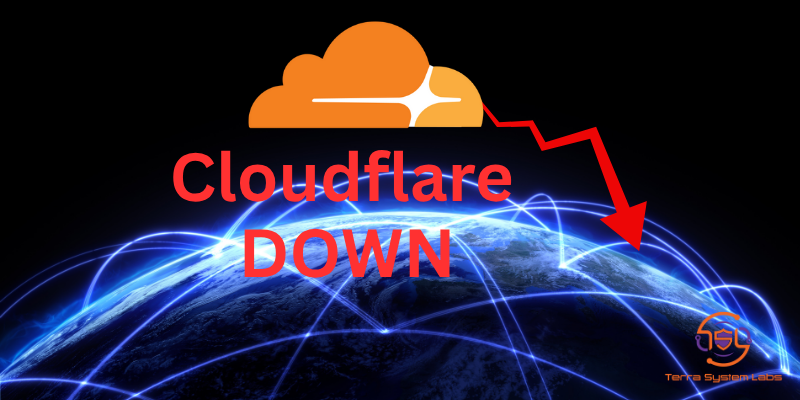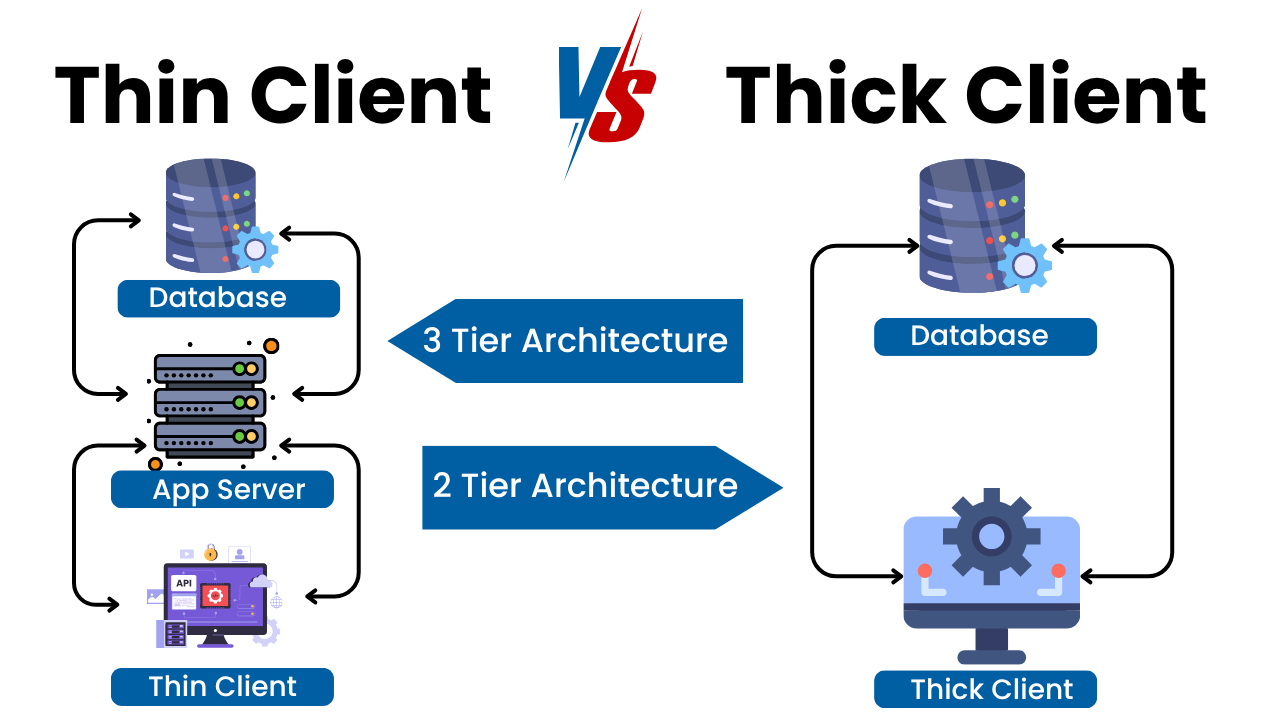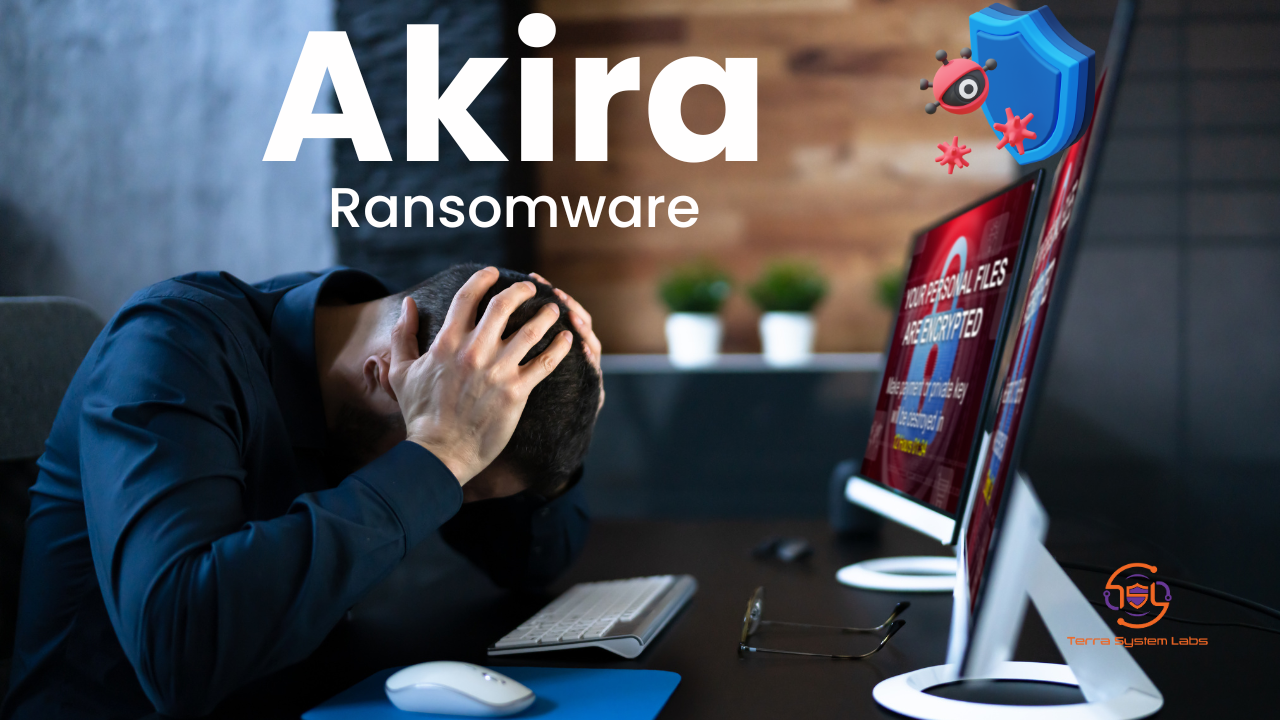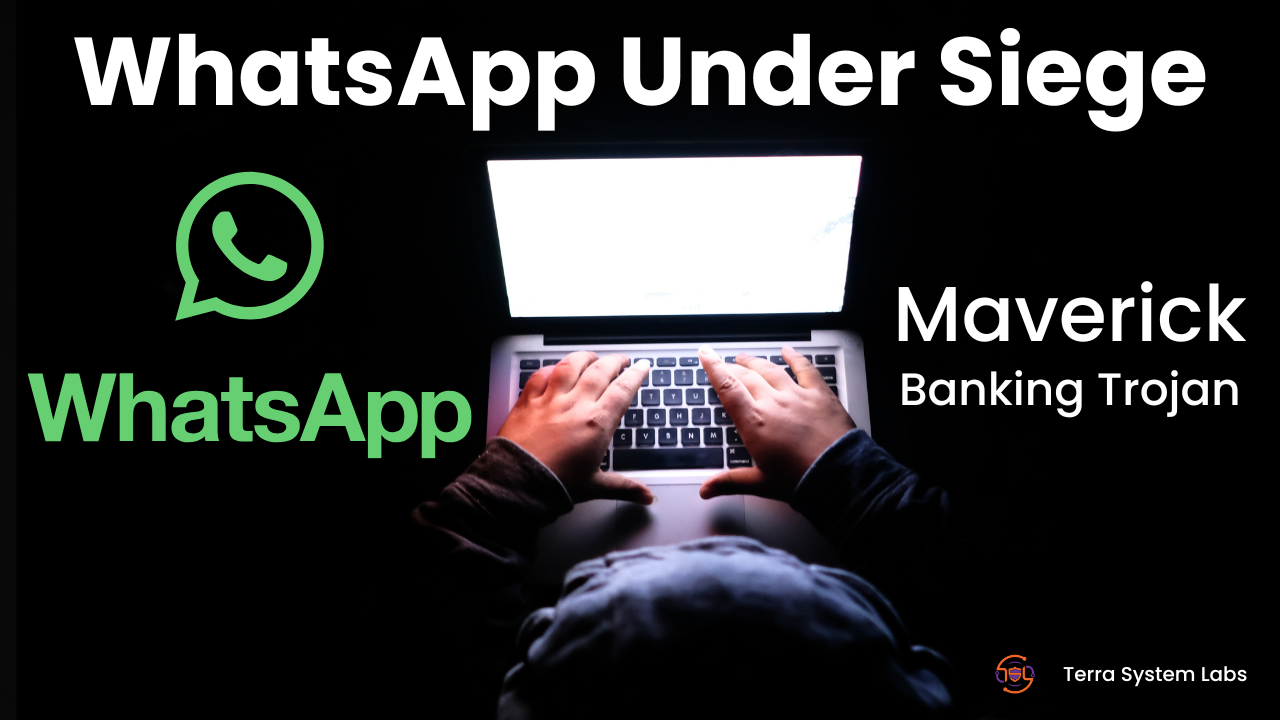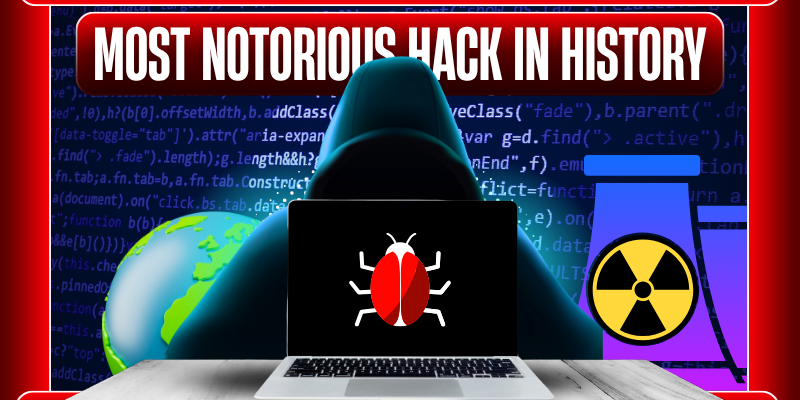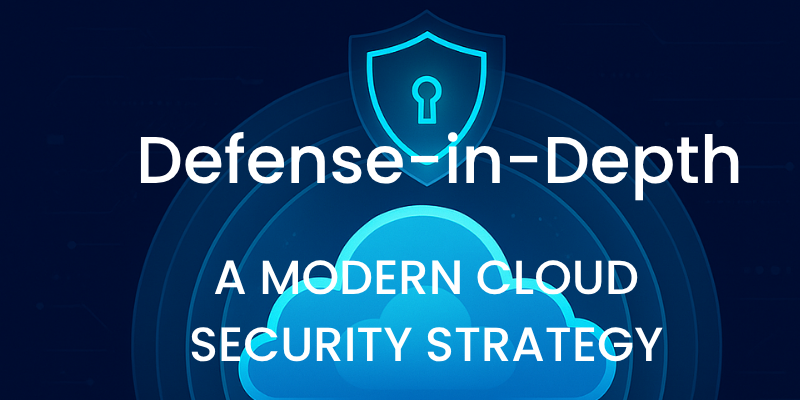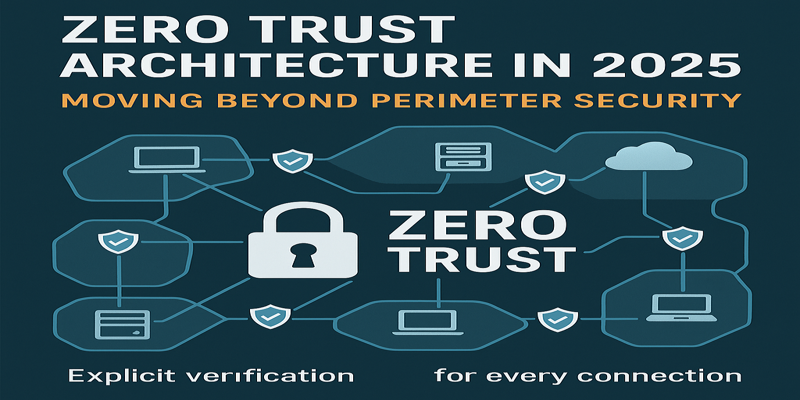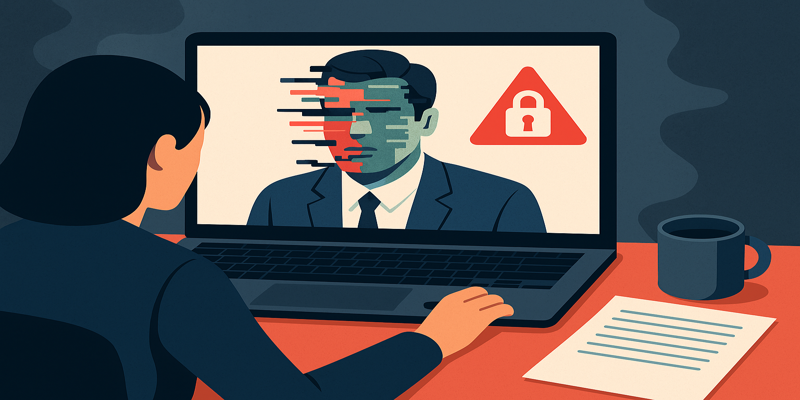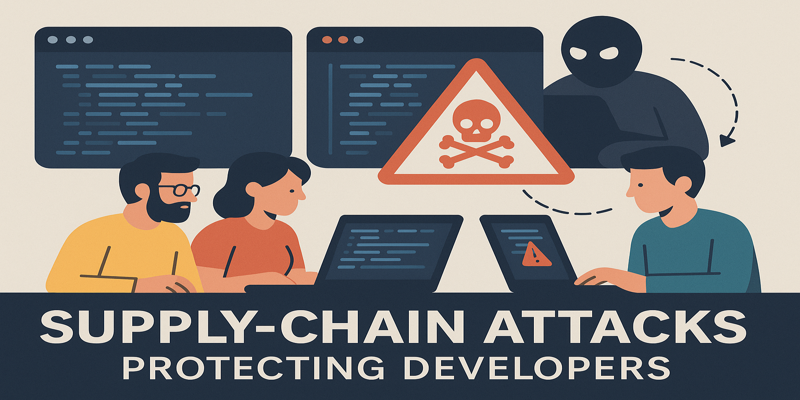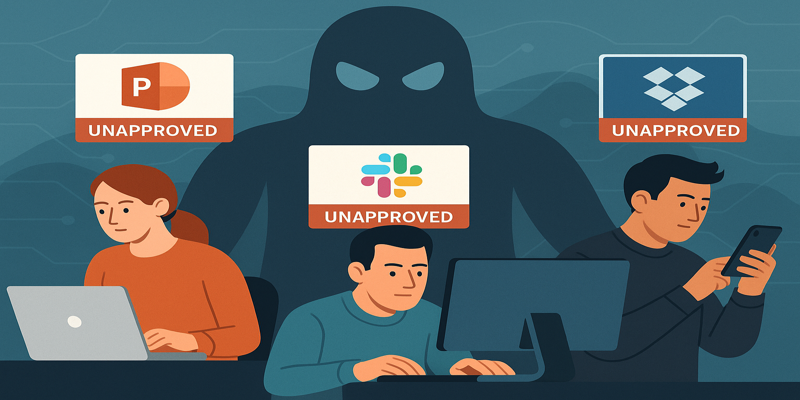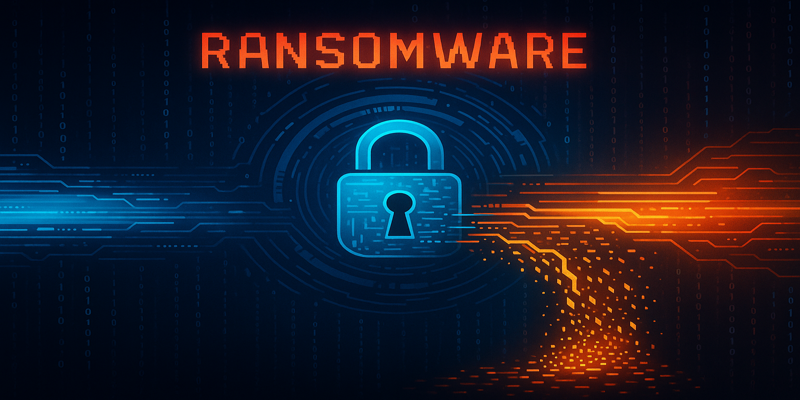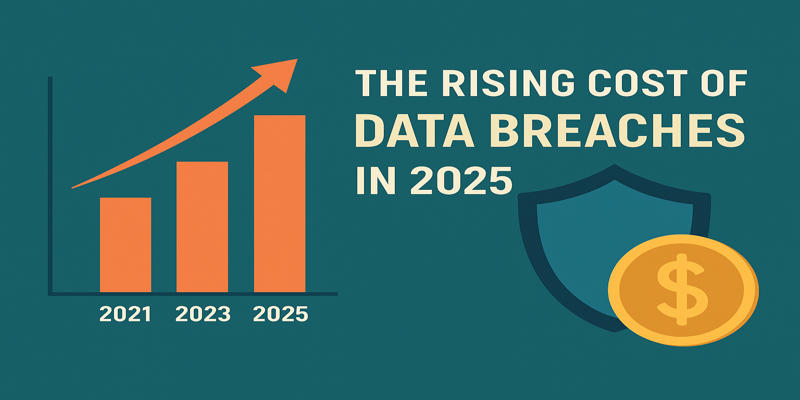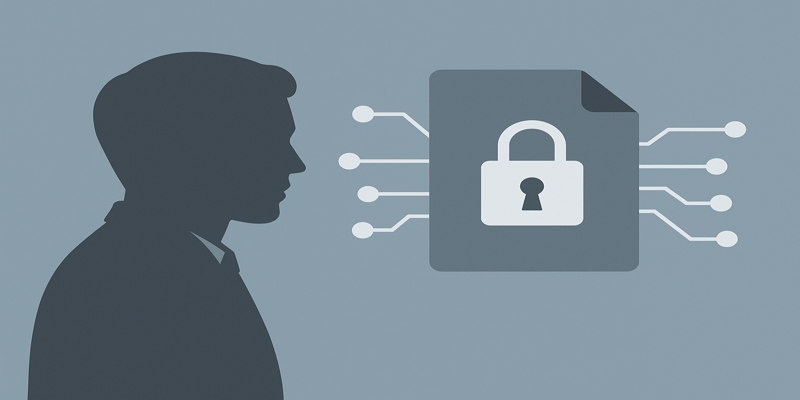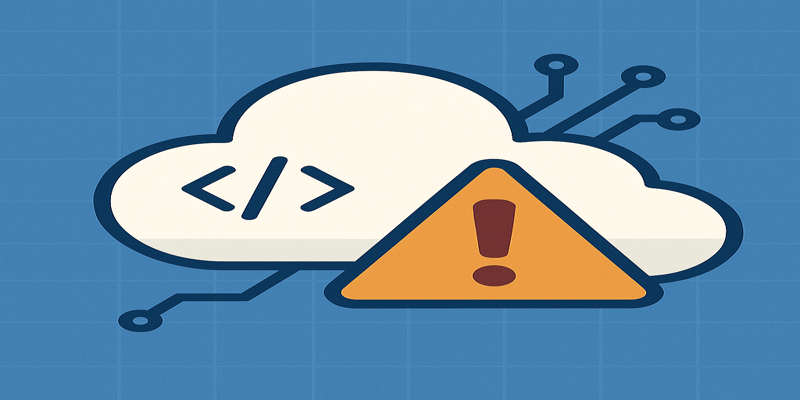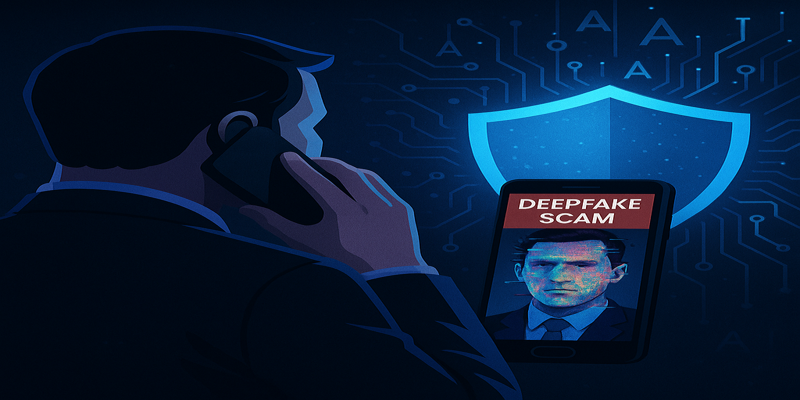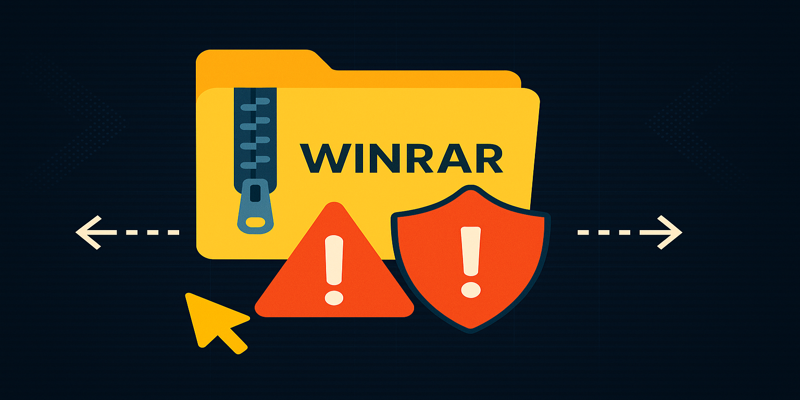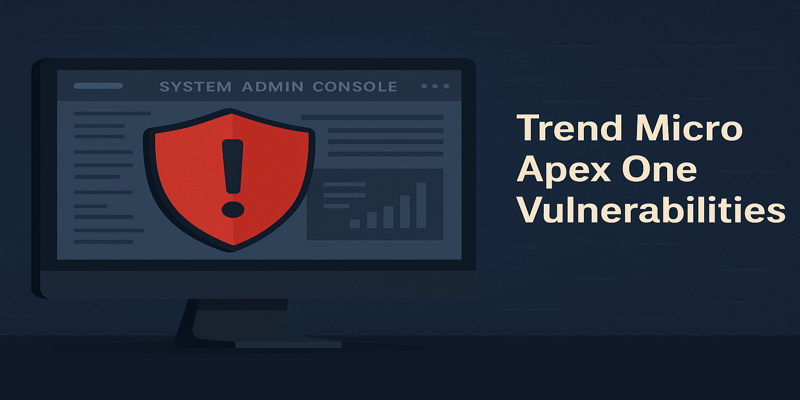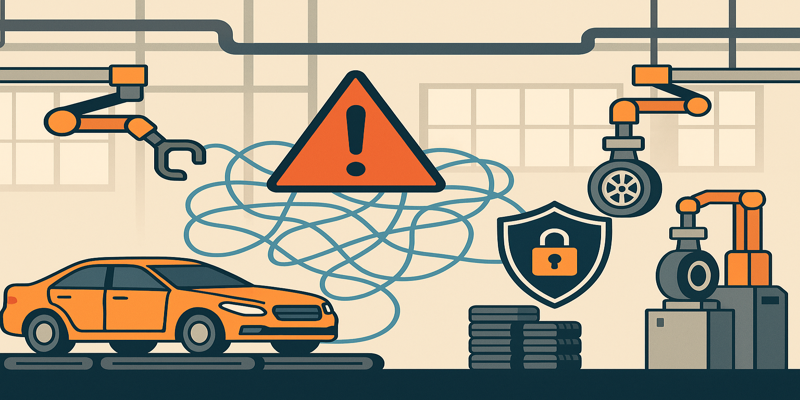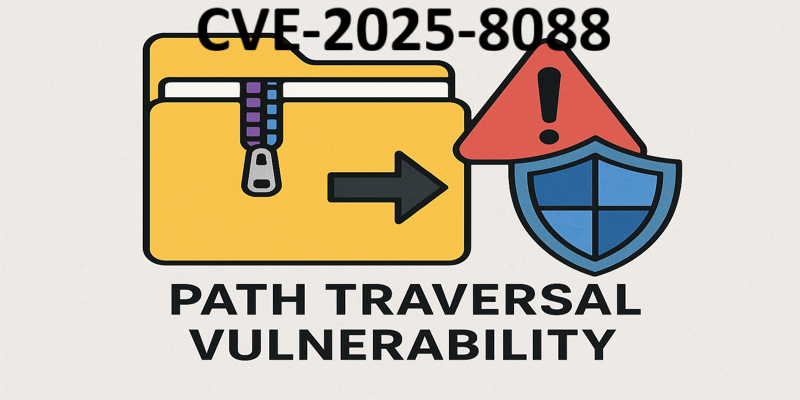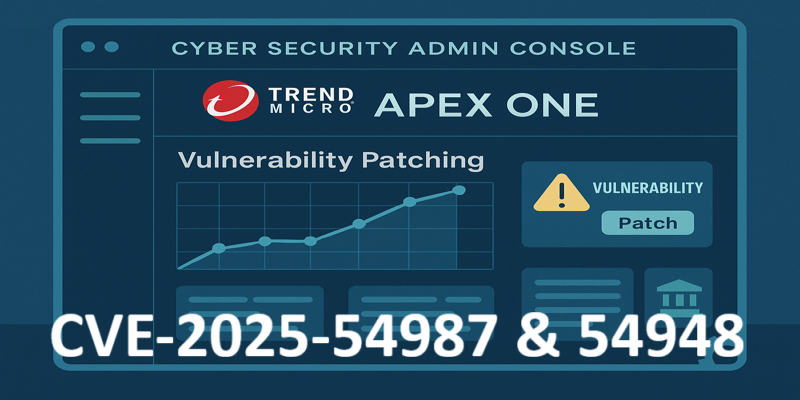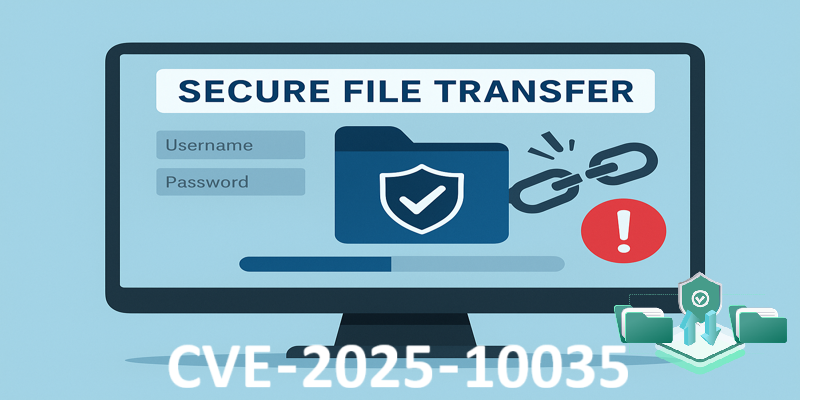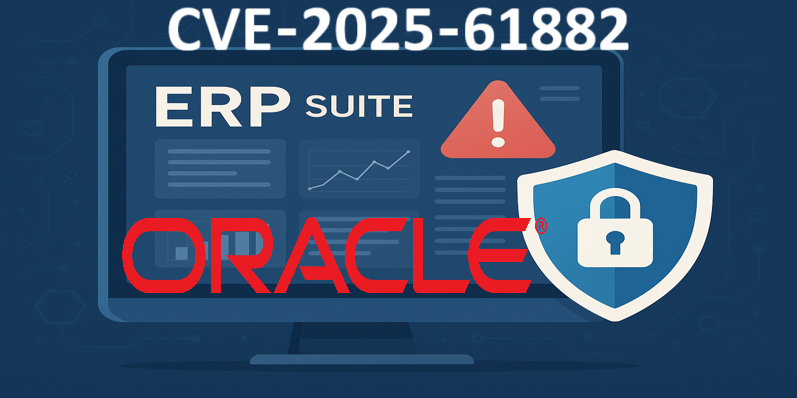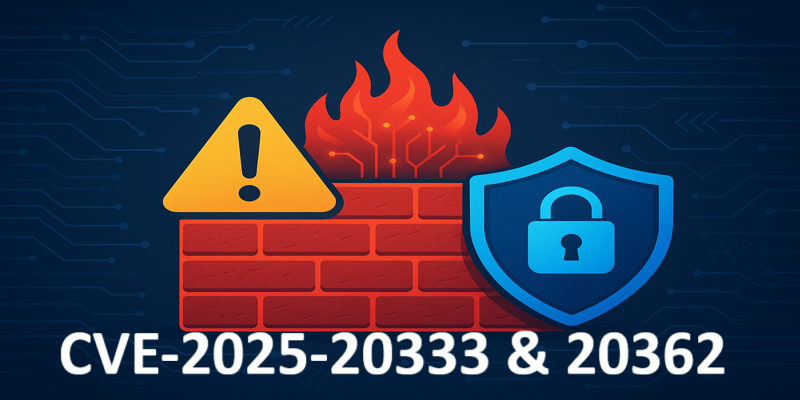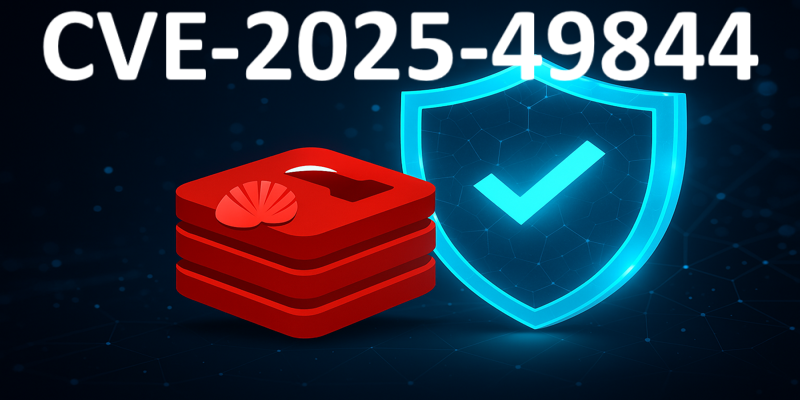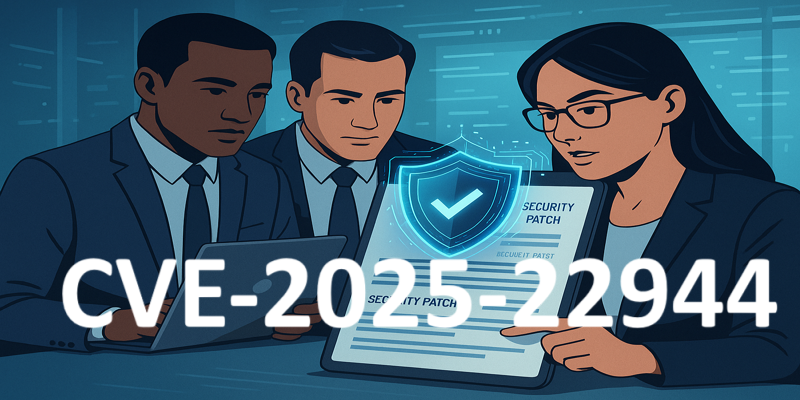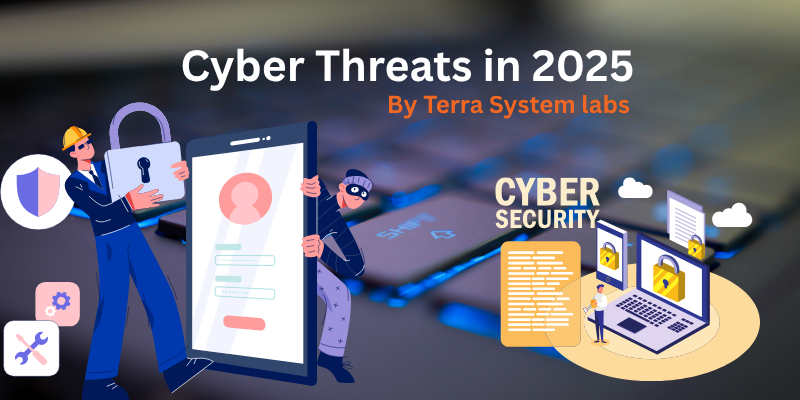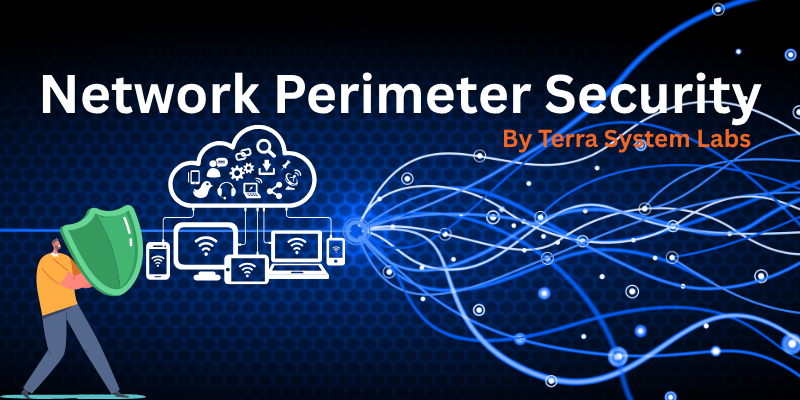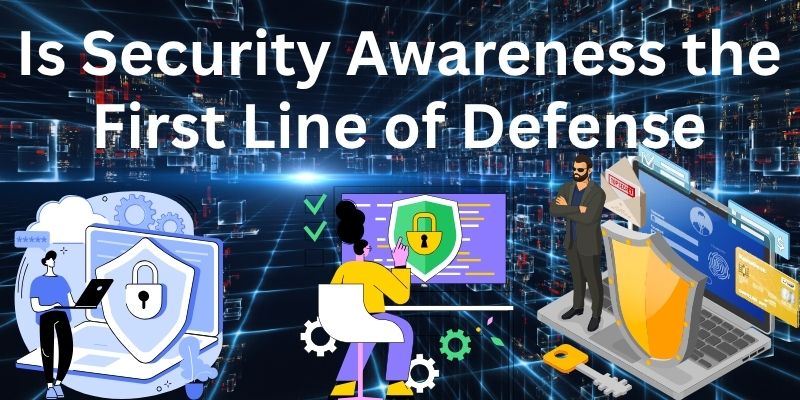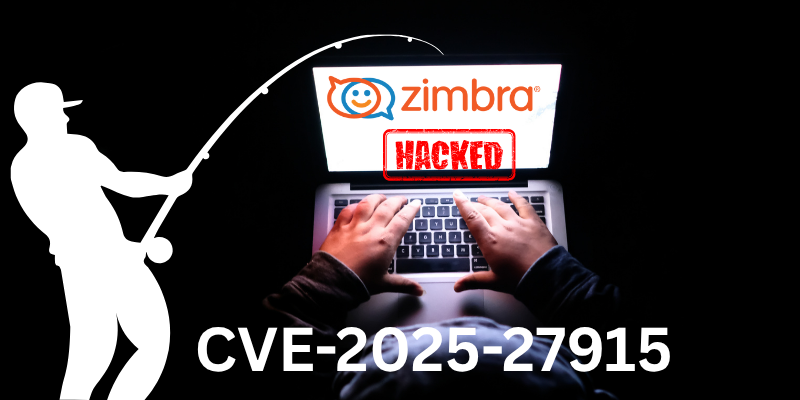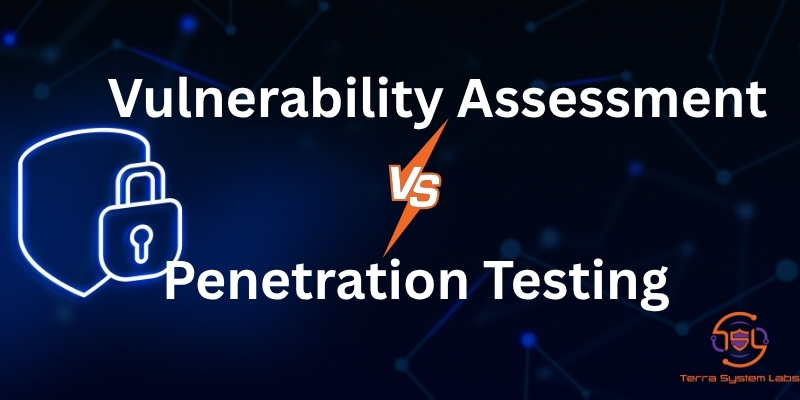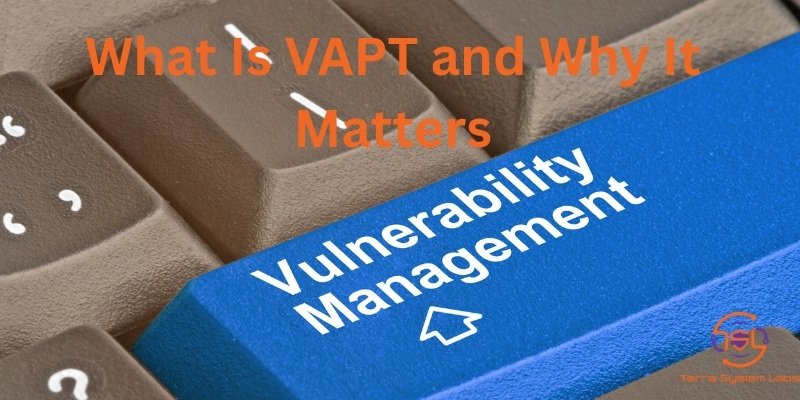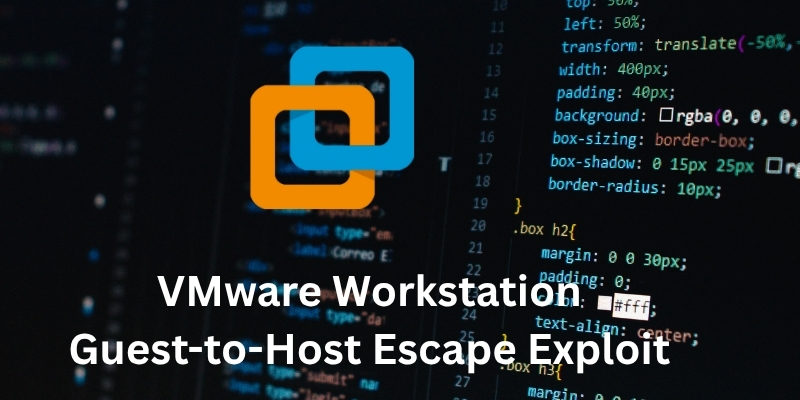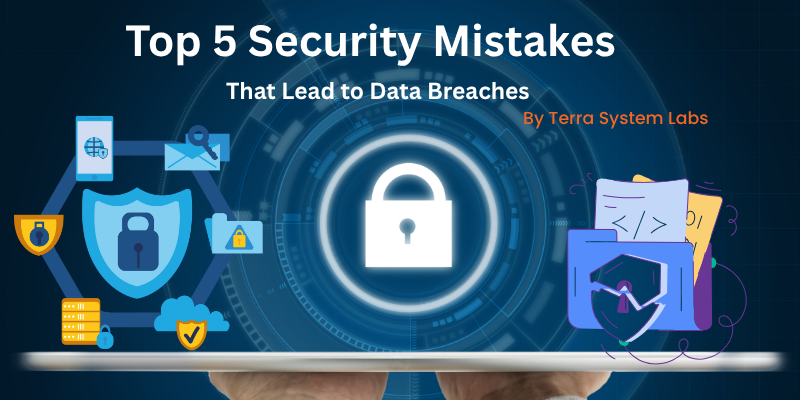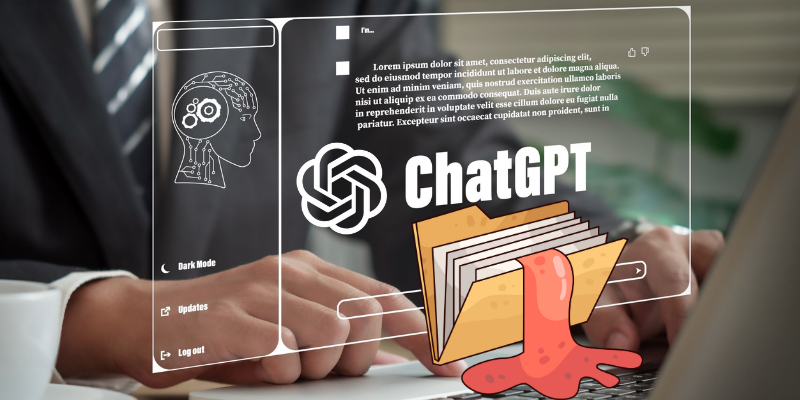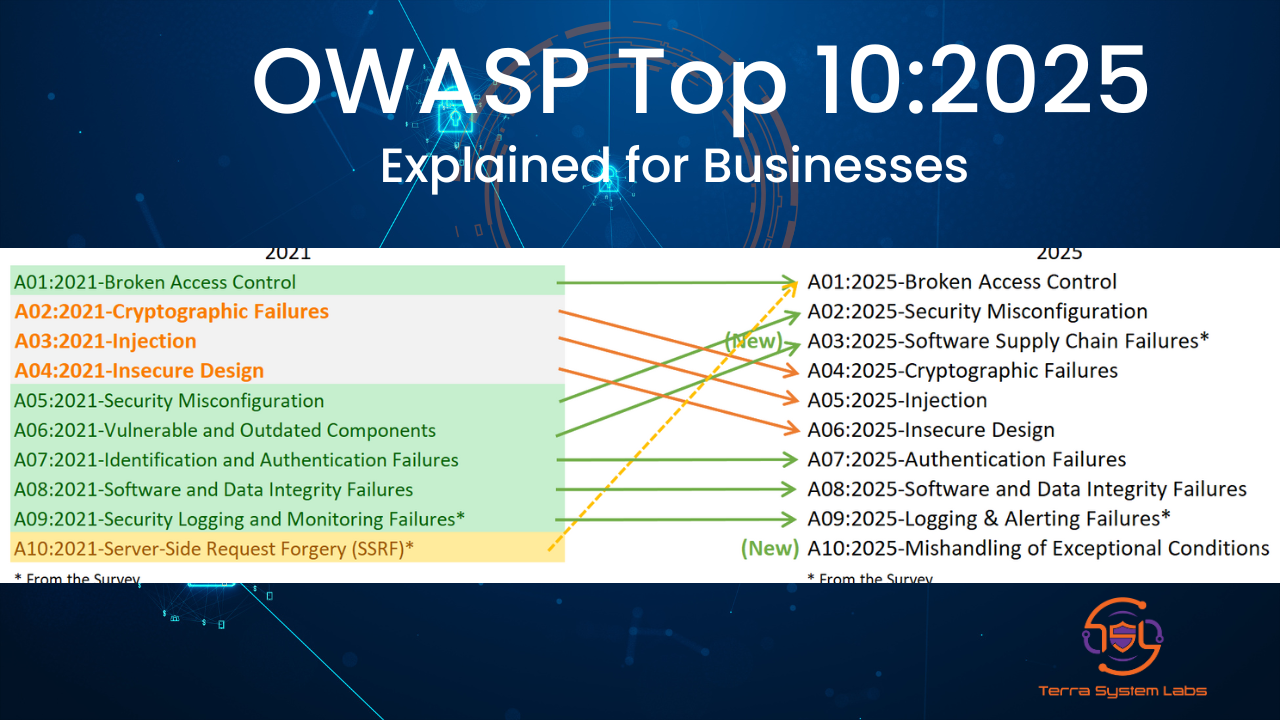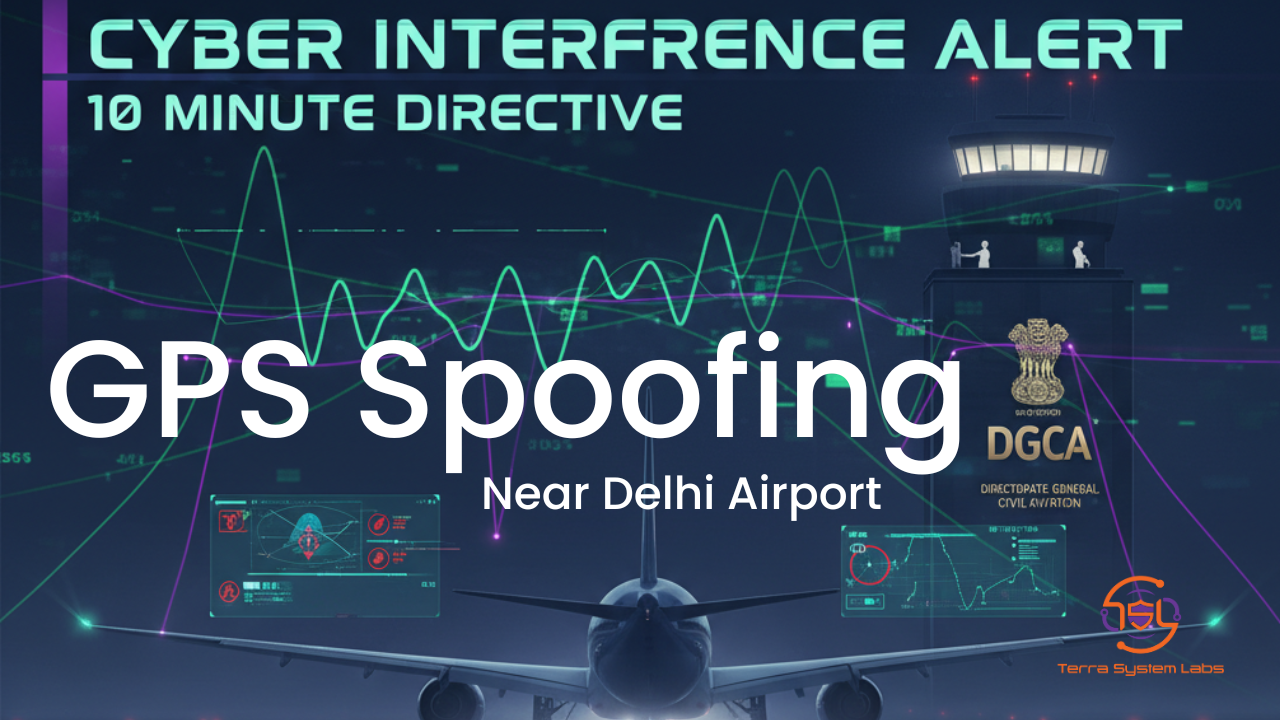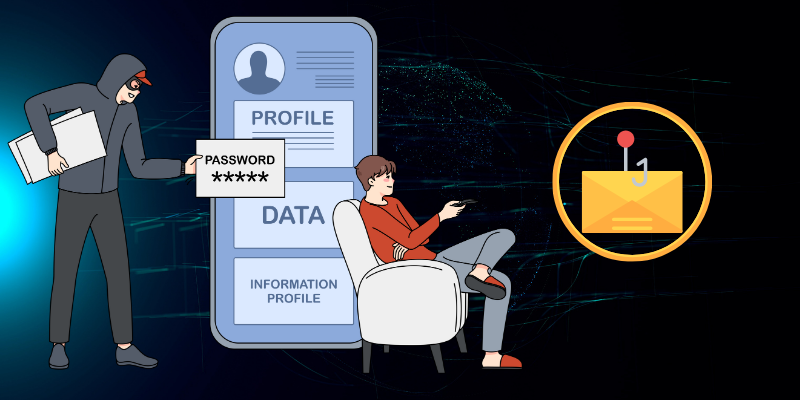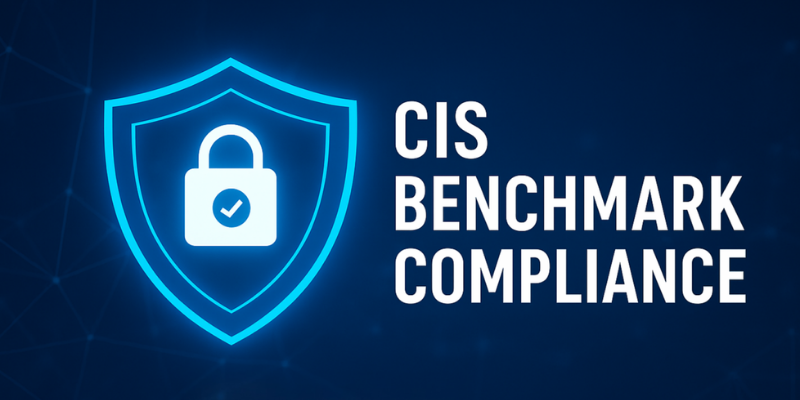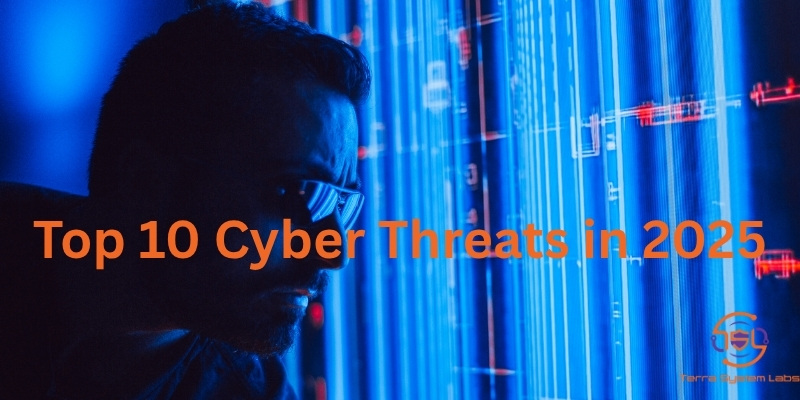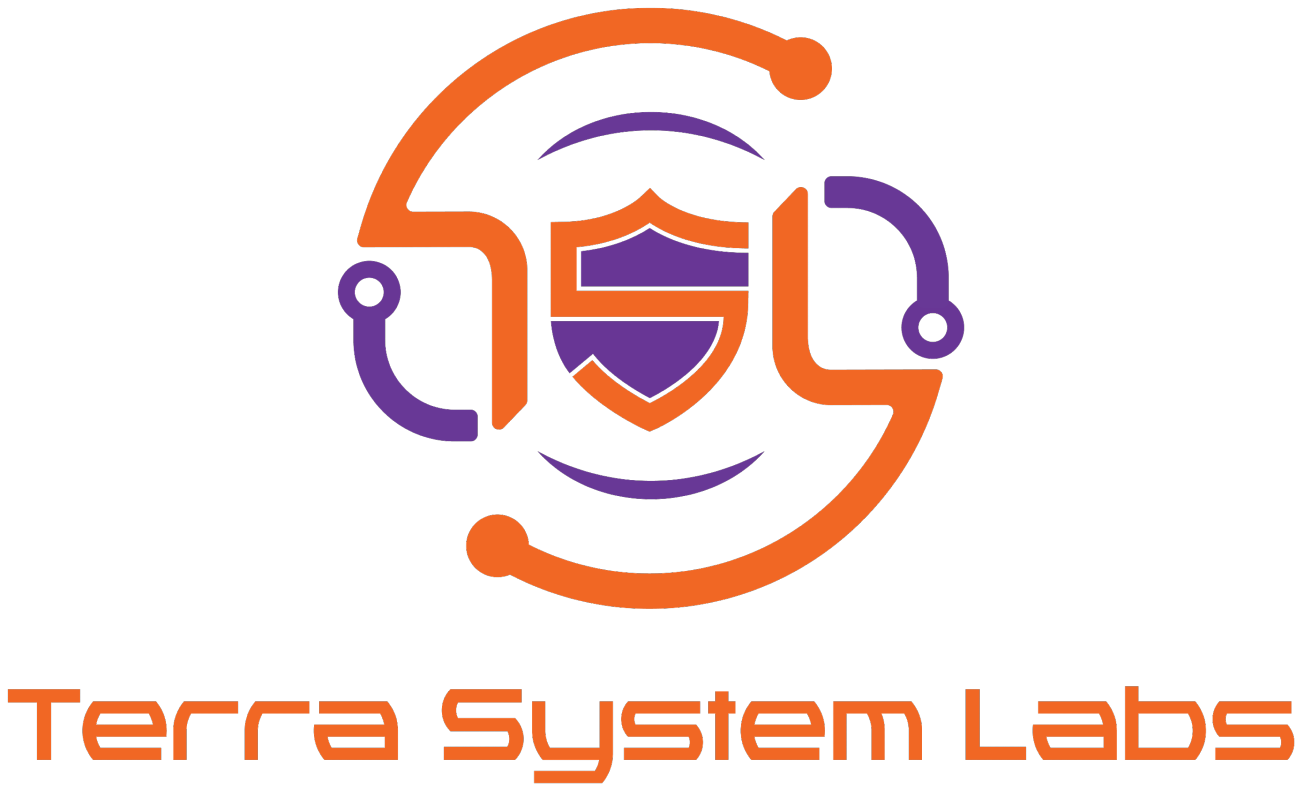Top 5 Security Mistakes That Lead to Data Breaches
By Terra System Labs — Practical guidance for CIOs, CTOs, CISOs, and founders
TL;DR: Most breaches do not start with elite zero-days. They start with avoidable basics: weak identity controls, misconfigured cloud, missing patches, over-permissive data access, and poor detection/response. Fix these five first and you cut breach risk dramatically.
Why This Matters Now
Attackers favor the fastest path to sensitive data. That path is usually created by configuration gaps and process debt, not cutting-edge exploits. Terra System Labs sees the same five patterns in breach investigations across web and mobile apps, cloud estates, and hybrid networks. Addressing these mistakes produces outsized risk reduction in weeks, not years.
1. Weak Identity and Access Controls
Symptoms: Optional MFA, shared accounts, and stale API keys.
Impact: Compromised credentials remain the number one initial access vector. Once a token or password is stolen, lack of strong MFA and conditional policies allows lateral movement.
- Enforce phishing-resistant MFA (FIDO2, WebAuthn) for all users and admins.
- Apply Conditional Access and disable legacy protocols.
- Rotate API keys; move to short-lived, least-privilege tokens.
- Quarterly identity hygiene: disable stale accounts, review privileged roles.
How Terra System Labs helps: Identity posture reviews, SSO hardening, and privileged access management blueprints.
2. Misconfigured Cloud and Publicly Exposed Data
Symptoms: Open S3 buckets, default IAM roles, missing encryption.
Impact: One public bucket or overly permissive role can expose millions of records or allow full account takeover.
- Enable organization-wide guardrails and block public access by default.
- Turn on object lock, enforce TLS, and separate prod/non-prod accounts.
- Use CSPM tools for drift detection and auto-remediation.
How Terra System Labs helps: Cloud posture assessments for AWS, Azure, and GCP, plus remediation runbooks.
3. Delayed Patching and Vulnerability Backlogs
Symptoms: Critical CVEs unpatched for weeks, shadow IT, legacy systems.
Impact: Attackers weaponize new CVEs within days. Delayed patching keeps the doors open.
- Maintain an accurate asset inventory.
- Prioritize internet-facing and critical assets first.
- Set SLAs: 7 days for critical, 14 for high, 30 for medium.
- Automate with golden images and immutable infrastructure.
How Terra System Labs helps: Continuous VAPT, exploit validation, and patch governance.
4. Over-Permissive Data Access and Weak Data Governance
Symptoms: Flat access controls, no data classification, weak encryption.
Impact: Once an attacker lands, poor segmentation turns small intrusions into major leaks.
- Classify data by sensitivity and map storage locations.
- Apply least privilege and role-based access controls.
- Encrypt data with KMS and rotate keys regularly.
- Segment critical datasets and apply DLP controls.
How Terra System Labs helps: Data discovery, zero trust segmentation, and encryption posture reviews.
5. Inadequate Logging, Monitoring, and Incident Response
Symptoms: Logs not centralized, untested backups, and no response playbook.
Impact: You cannot respond to what you cannot see. Breaches go undetected for weeks without telemetry and rehearsed response.
- Centralize logs to a SIEM with at least 90 days hot retention.
- Deploy EDR everywhere and automate alert triage.
- Prepare and test your Incident Response plan quarterly.
- Test restores from immutable backups regularly.
How Terra System Labs helps: SOC design, SIEM engineering, and IR retainers with guaranteed SLAs.
Quick Self-Audit Checklist
| Control Area | Ask Yourself | Pass/Fail |
|---|---|---|
| Identity | Is phishing-resistant MFA enforced for all users? | ☐ |
| Cloud | Are all storage buckets blocked from public access? | ☐ |
| Patch | Are critical vulnerabilities remediated within 7 days? | ☐ |
| Data | Do we have data classification and least privilege? | ☐ |
| IR | Can we detect credential theft within 1 hour? | ☐ |
AI-Optimized Practices
- Use anomaly detection to flag suspicious credential use.
- Apply ML for cloud misconfiguration drift detection.
- Predict exploit likelihood using EPSS-like scoring.
- Reduce SOC noise through alert deduplication models.
Terra System Labs can implement these AI-assisted controls seamlessly.
FAQ
1) Are small companies really targets? Yes. Automated scans hit all exposed systems, not just large enterprises.
2) What reduces breach risk fastest? Enforce MFA, close cloud exposures, and patch critical systems.
3) How often should we run VAPT? Quarterly or after major releases.
4) Do backups protect against ransomware? Only if immutable, off-domain, tested, and restorable within RTO/RPO.
Implementation Roadmap
- Days 0–30: MFA rollout, block public cloud access, SIEM setup.
- Days 31–60: Patch SLAs, data classification, EDR rollout, IR planning.
- Days 61–90: Zero trust segmentation, PAM, CSPM automation.
About Terra System Labs
Terra System Labs is an ISO 9001:2015 and ISO 27001:2013 certified cybersecurity company providing VAPT, Cloud Security, API Testing, Red Teaming, Secure Code Reviews, OT/SCADA assessments, phishing simulations, and cybersecurity training.
Request a Cloud Security Assessment | Ask about Incident Response Retainers
© 2025 Terra System Labs Pvt. Ltd. All rights reserved.
Recent Posts

